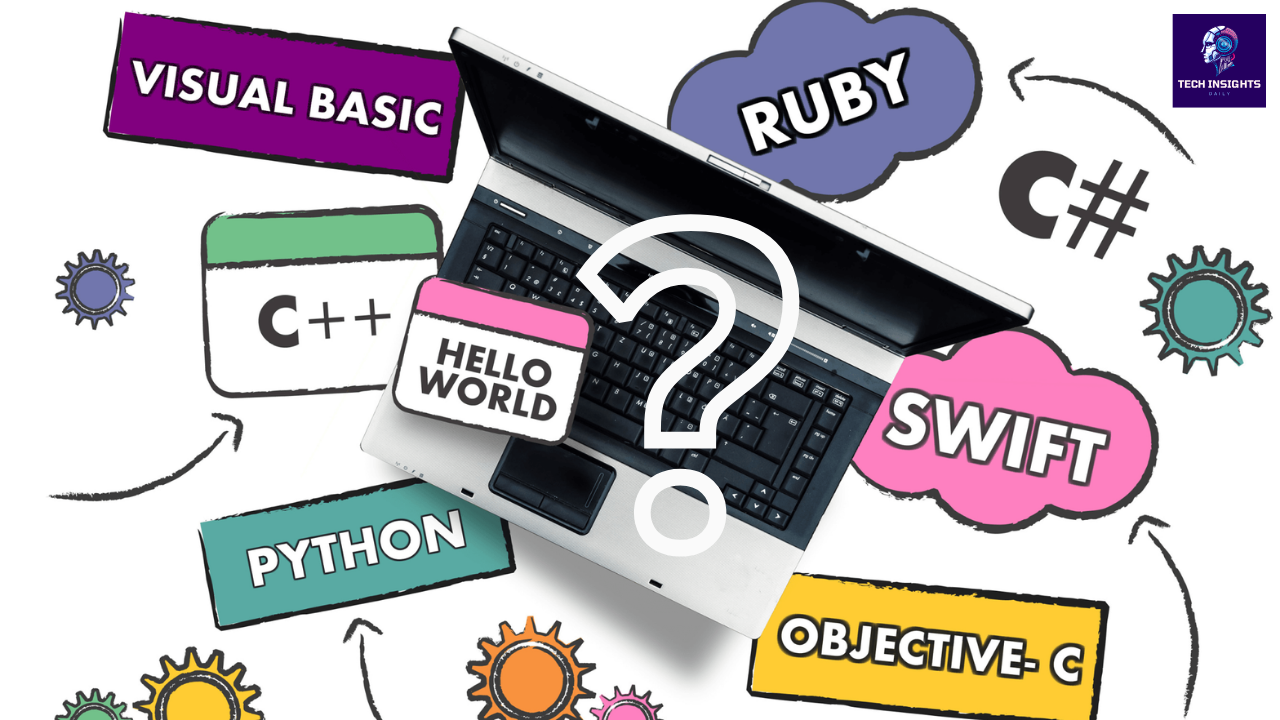Introduction
Go, also known as Golang, is an open-source programming language developed by Google. It was built with an prominence on the KISS concept – keep it simple, silly, speedy and usable. Go was released in 2009, and over the years, it has been generally used by developers due to its unique features and applicability.
Key features of Go
- Concise Syntax: The syntax of Go is not complicated and is more or less easy to understand and learn even for a first-time programmer. It reduces code complexity by getting rid of irrelevant stuff.
- Static Typing: Go uses static typing, meaning that type checking is done at compile time to check for type errors. It keeps vulnerability at cove and makes the system strong and reliable.
- Garbage Collection: Go include auto memory management using garbage collection. Manual control of memory and hardware is not an issue that developers have to wrestle with while programming smart contracts.
- Concurrency Support: The go-coping style copes best with concurrent tasks. Due to its goroutines (lightweight threads), it has a high level of concurrency capability.
- Standard library: Networking, file I/O, cryptography and many other aspects can be covered with Go's standard library packages. It is reliable and easy enough to master.
Real world use cases
- Web Services: Go is perfect for building web services and APIs. This is why it is widely used for creating backends and is considered one of the most basic and efficient languages.
- Distributed Systems: Go's excellent concurrency properties are well exhibit in distributed systems. Go has been used to write projects such as Docker, and Kubernetes.
- Command-line tools: Many popular CLI applications (for example, kubectl, terraform, and goimports) are built within Go.
- Networking and microservices: Go's goroutines make it highly suitable for processing network requests and microservices due to the fact that they are lightweight.
The result
Go ahead, stay active, people contribute libraries and tools to serve it. For a professional developer as well as a prospective one, getting through Go is quite an adventure. Thanks to its compact syntax, fast execution, and versatile applicability, it is equally useful as a part of a programmer's tool chest.











